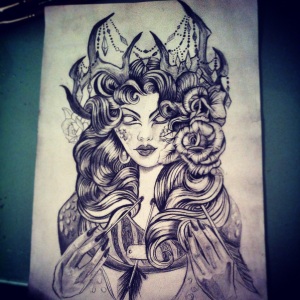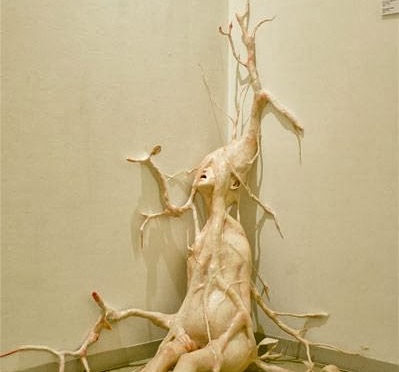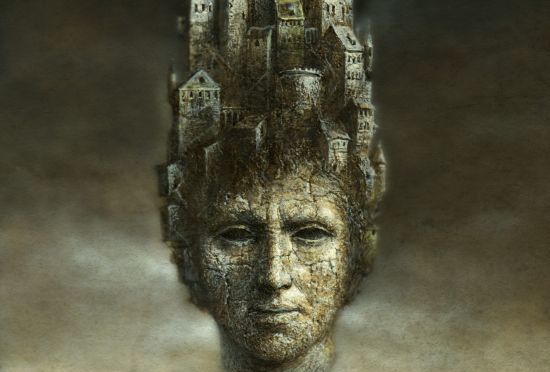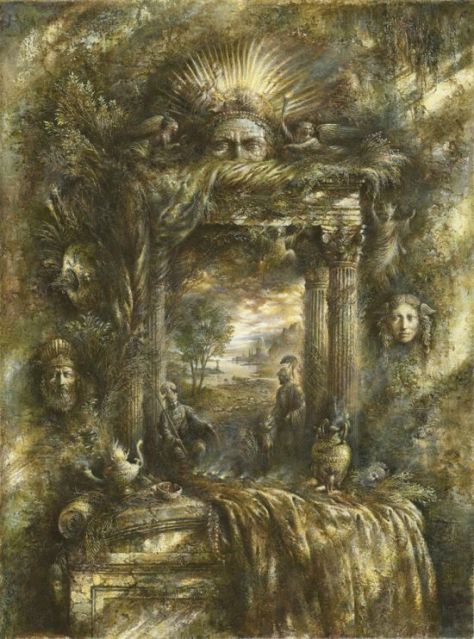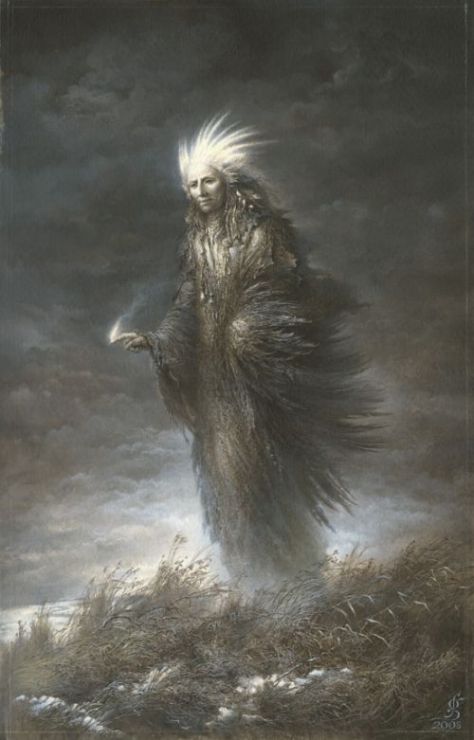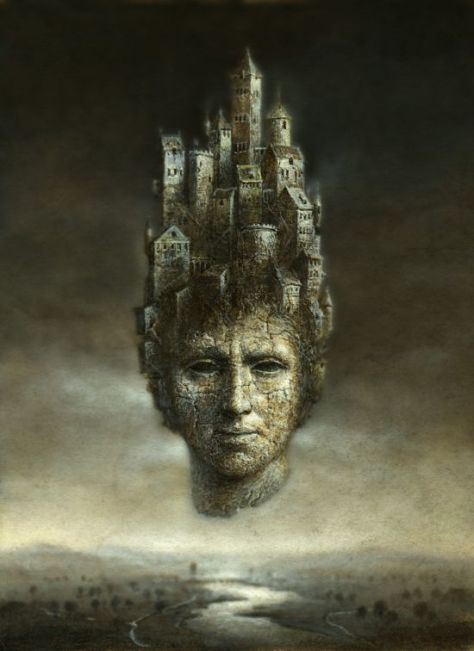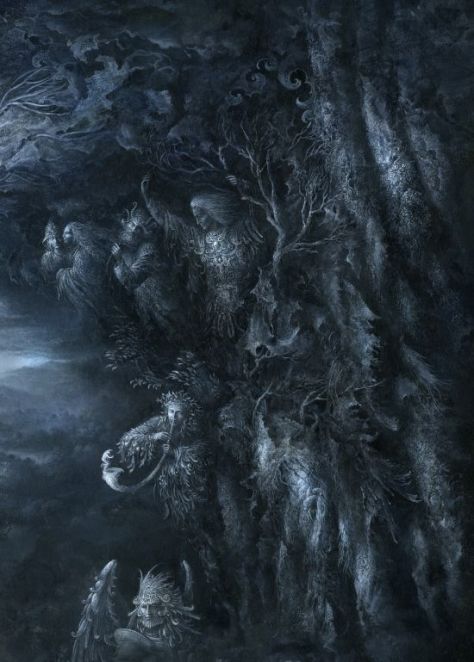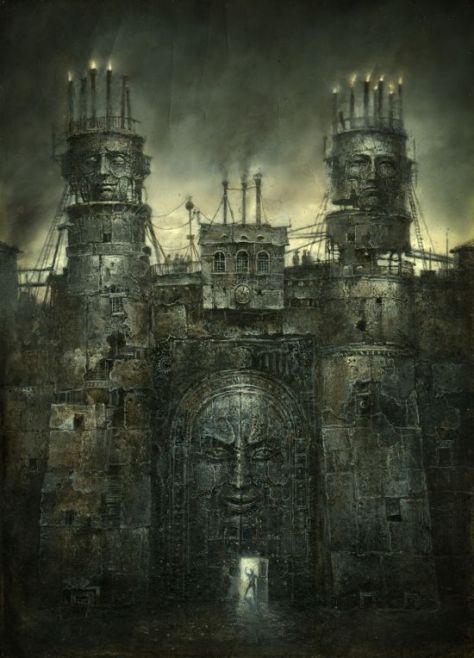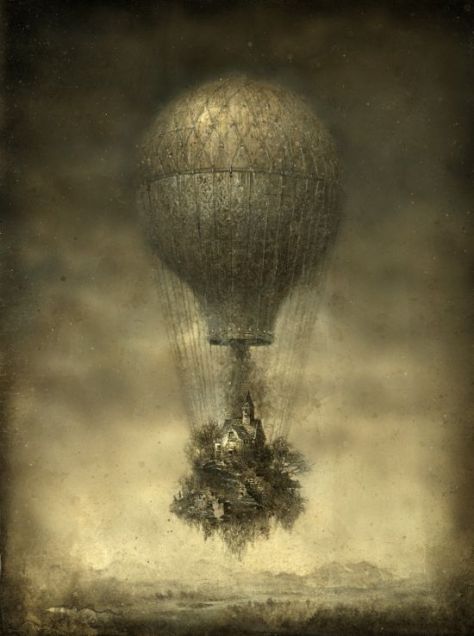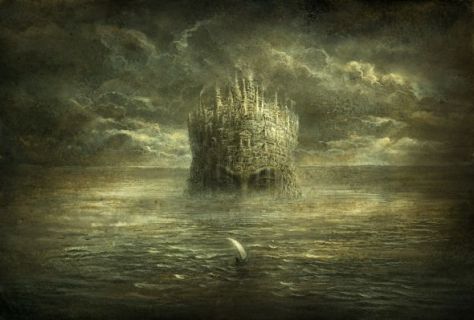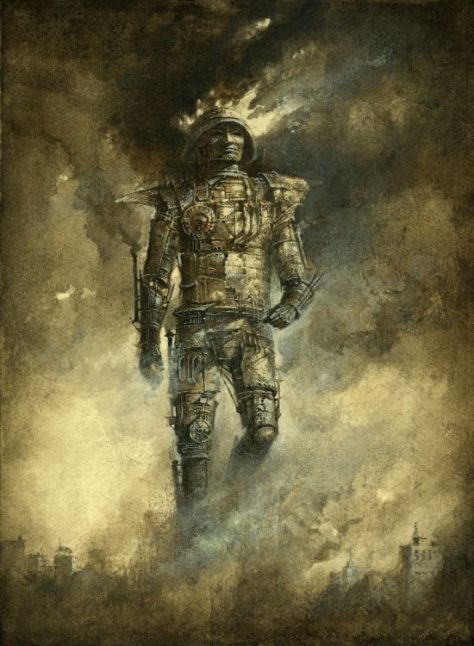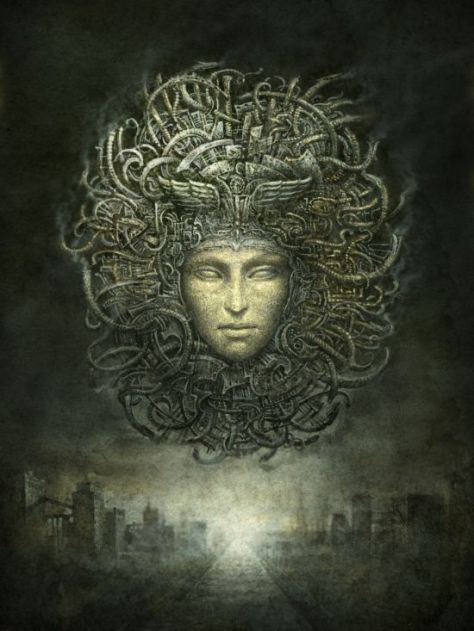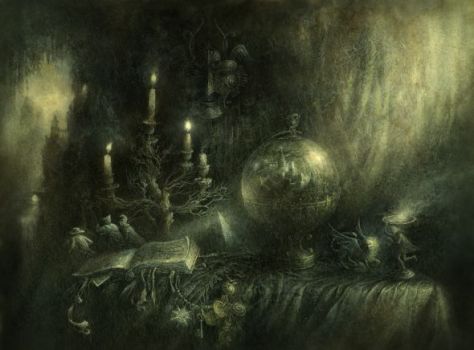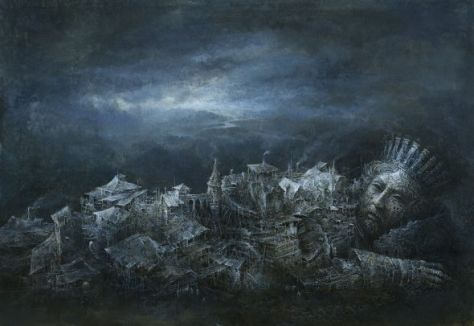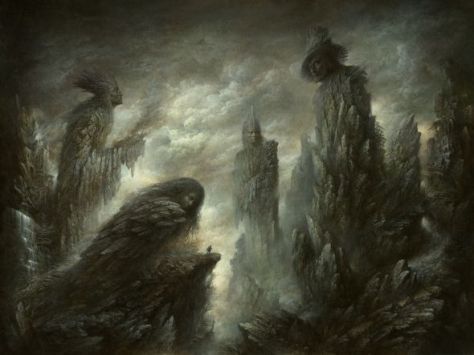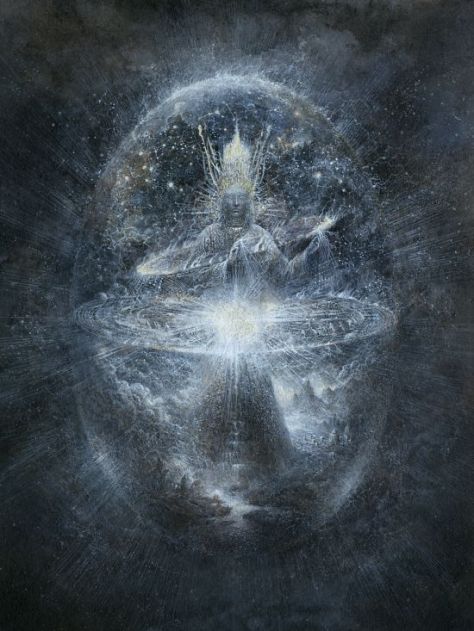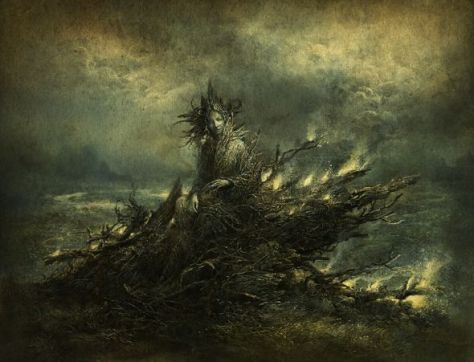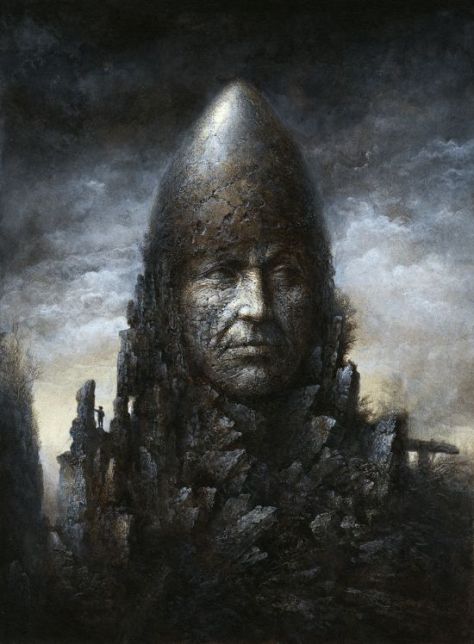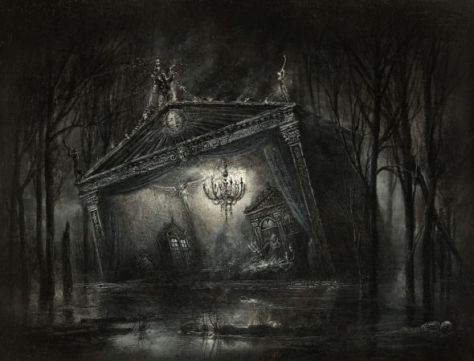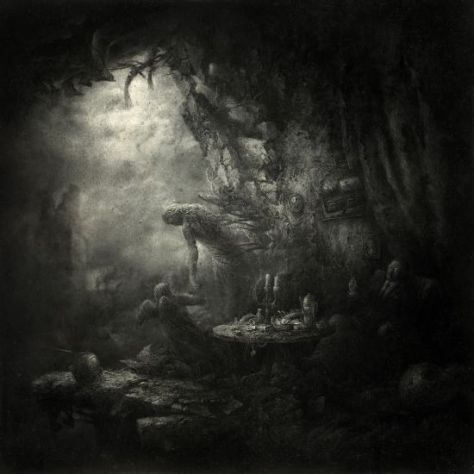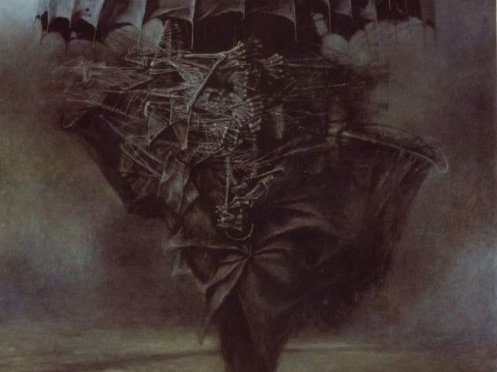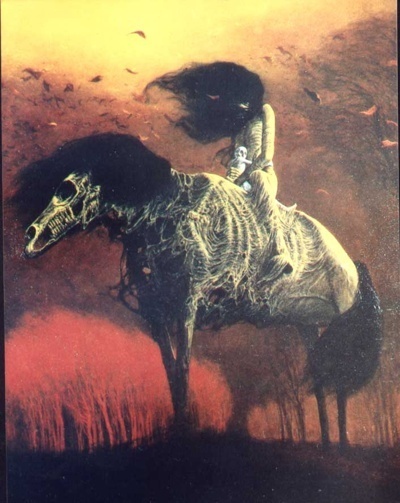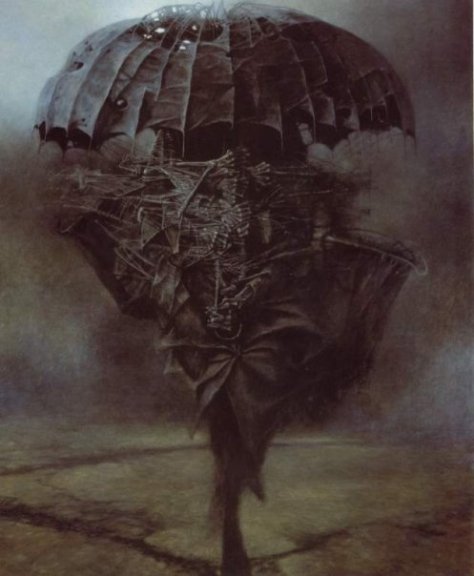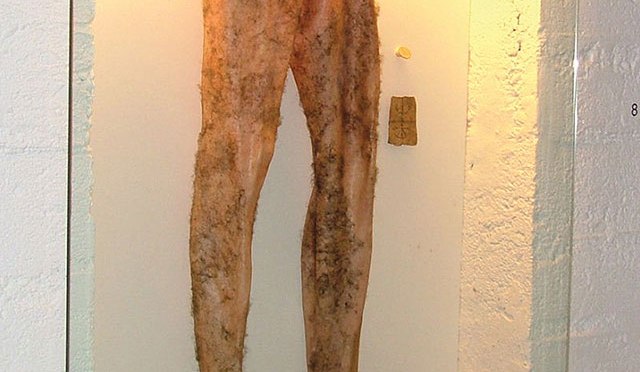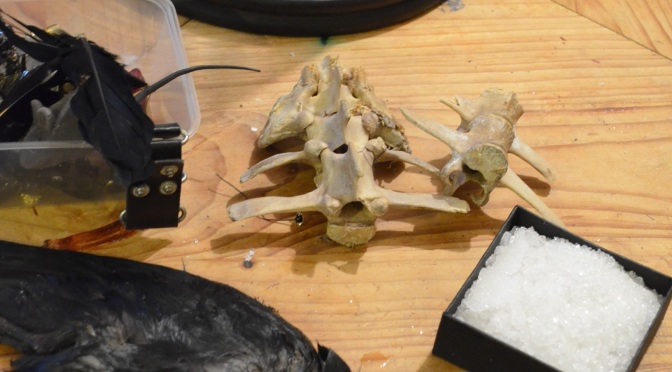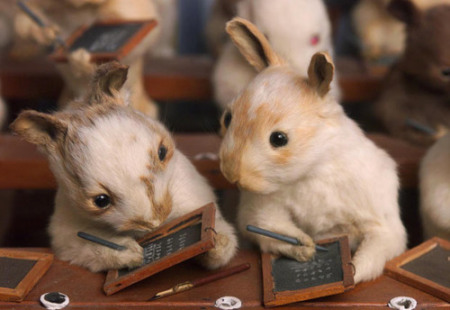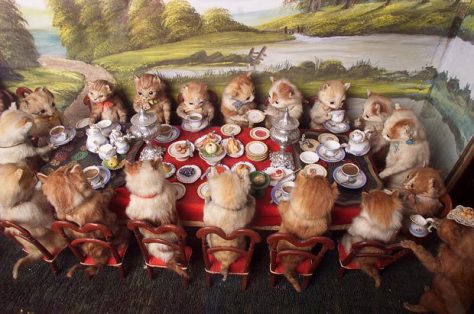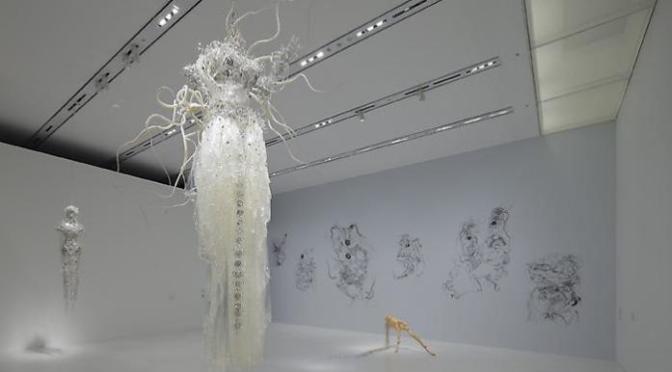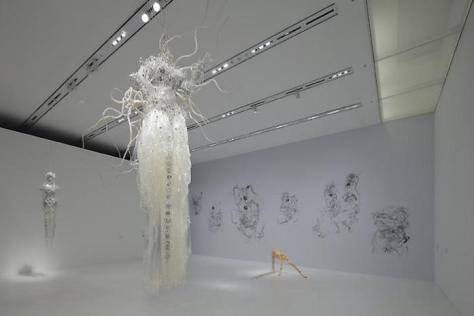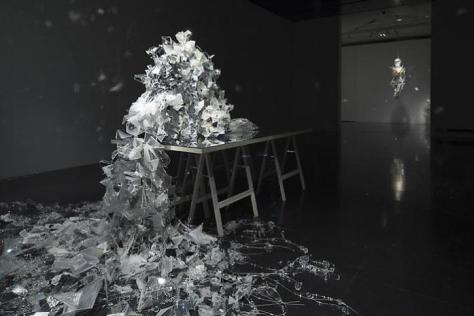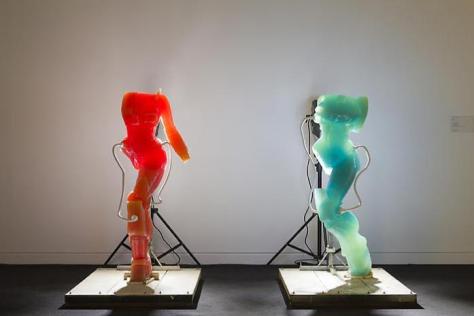
Day one!
Day one!
The surreal and disturbing sculptures by Yui Ishibari
Yui Ishibari is a japanese artist who works with paintings and sculptures, but her main focus is her sculptures. Ishibari creates disturbing and bizarre art pieces, portraying children taken by plants, in a grotesque fusion of body, leaves, branches and roots. Ishibari’s sculptures are made from a wide range of materials, from resin, steel wires, cloth, stone powder cray and wood. The final pieces are surreal figures, hopeless against the forces of nature, figures who accepted their cruel destiny, a metaphor for nature’s power over the man.
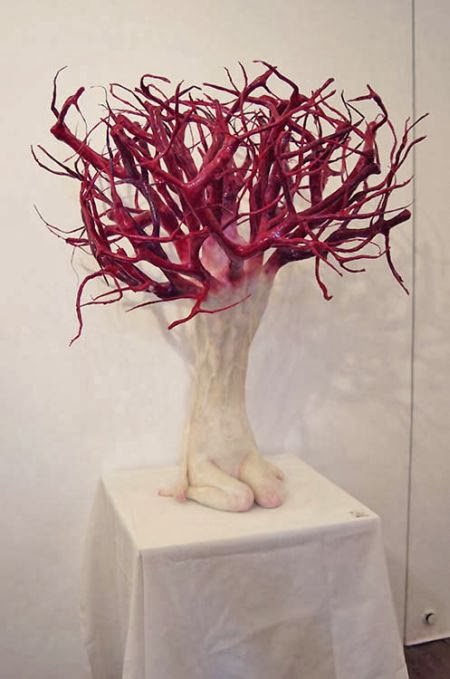
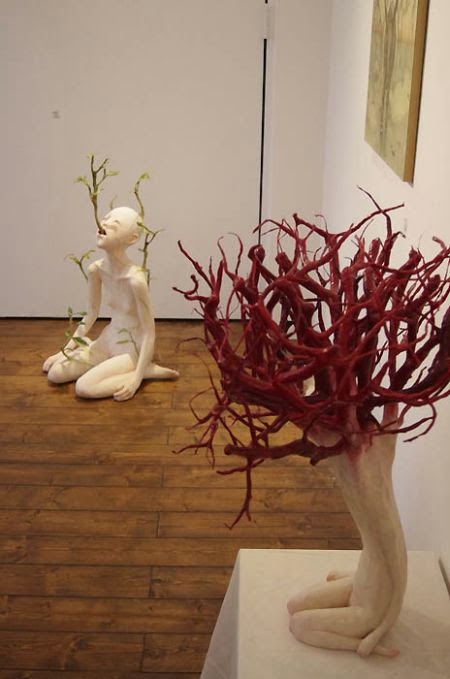
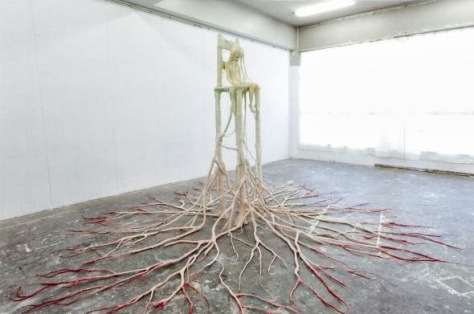
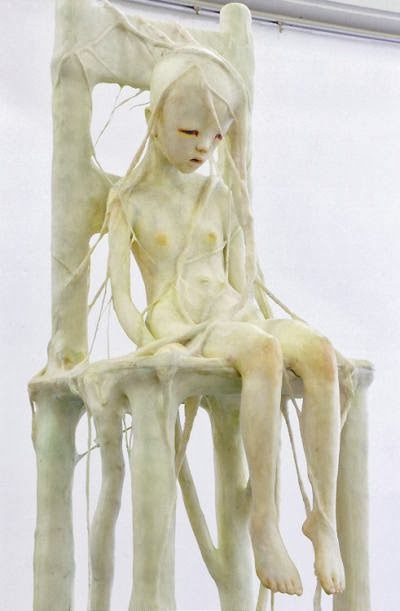
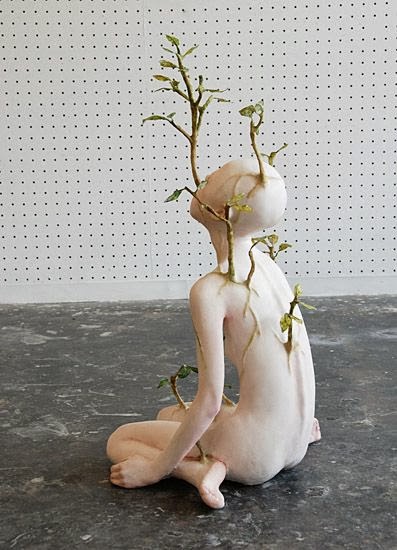
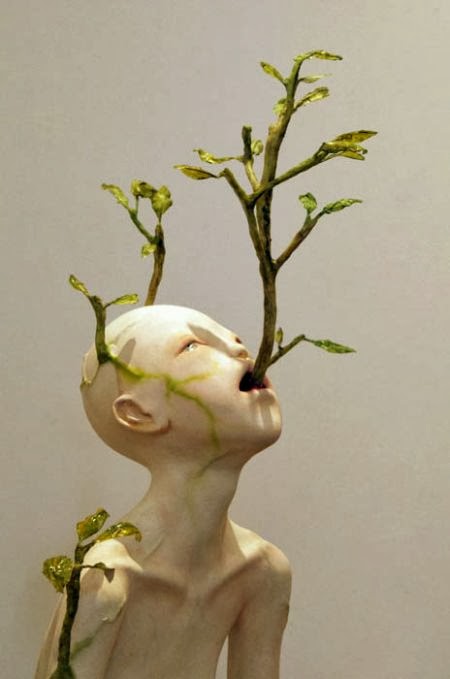
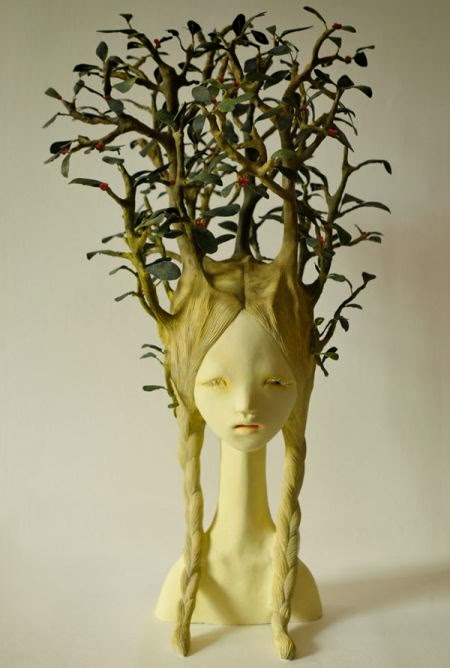
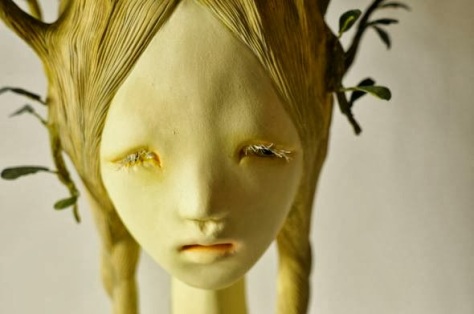
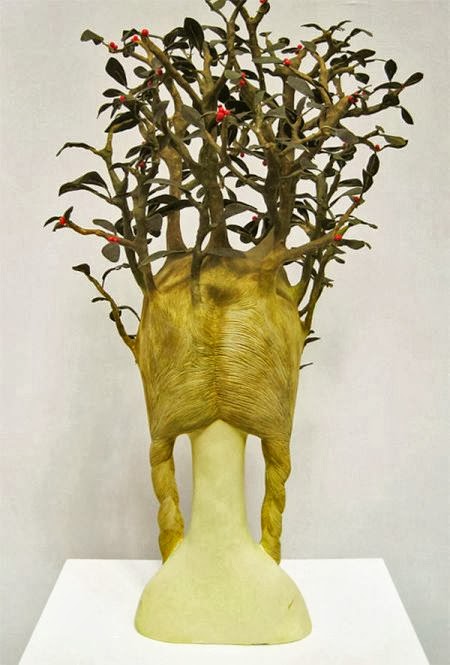
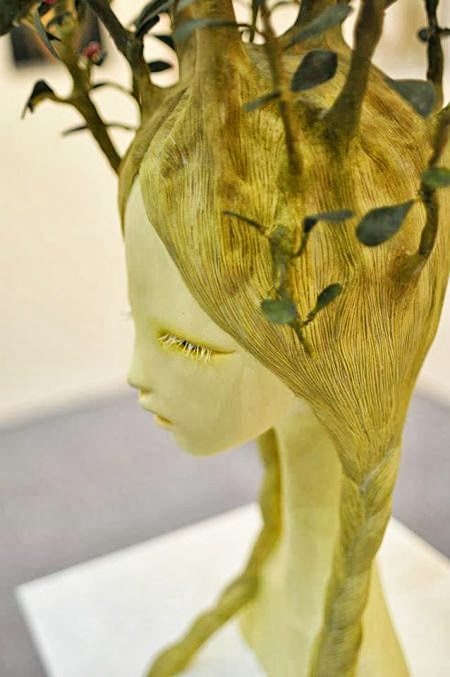
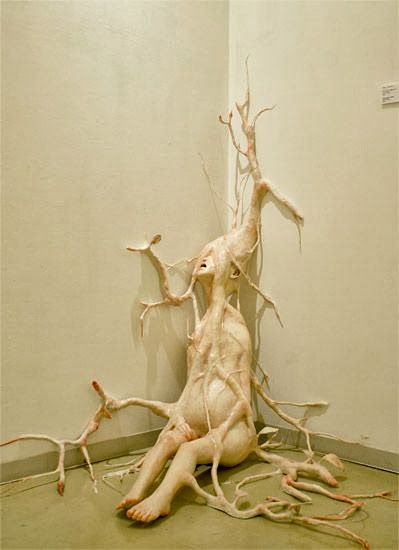

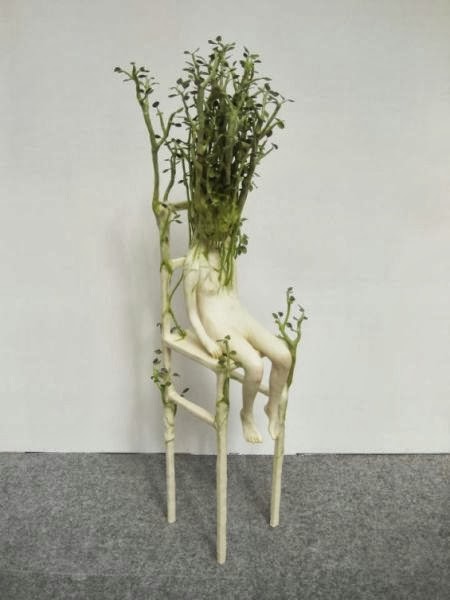
Amazing art by Takato Yamamoto
The dark, gothic and surreal paintings by Yaroslav Gerzhedovich
Russian artist Yaroslav Gerzhedovich mixes photography, digital post-production (photoshop) and paintwork to create his fantastic and dark art pieces. In this post, let’s focus on his paintings.
It doesn’t matter if they are photo-based or painting-based. Gerzhedovich’s illustrations are dark and gothic. They seem extracted from dark corners of the worst nightmares, where there is barely a thin light, where invisible eyes are constantly and secretly watching you, where gods or other ancient beigns play carelessly with the life of mortals, generally driving them crazy.
Appreciate ahe dark, gothic and surreal paintings by Yaroslav Gerzhedovich:
Zdzislaw beksinki
Necropants
The Strandagaldur Museum of Icelandic Sorcery & Witchcraft in Holmavik tells the story of seventeen people burned at the stake in the 17th century for occult practices. The museum’s claim to fame is an exhibit showcasing the macabre legend of Necropants, or nábrók.

According to legend, necropants could produce an endless flow of coins if done correctly.
To begin with, one would need to get permission from a living man to use his skin upon his death. After burial, the sorcerer would then have to dig up the body and skin it in one piece from the waist down. A coin stolen from a poor widow must then be placed in the scrotum, along with a magic sign called nábrókarstafur scrawled on paper.
Once worn, the scrotum of the necropants would never empty of coins so long as the original coin remains.
Day 4/365
The weird and wonderful world of Walter Potter
In addition to preserving and posing each creature he used, Potter also painstakingly crafted each little implement and prop from old wooden cigar boxes, and placed them against painted back drops often reminiscent of the local area.
Although originally made for his own amusement, his macabre scenes quickly grew in popularity and he was encouraged to open his own museum in 1861, in the summer-house of the pub his family owned. His collection of anthropomorphic taxidermy grew over the years, supplemented by examples of physically deformed animals that he collected from local farmers.
Eventually his curious menagerie expanded into a full museum known as “Mr Potter’s Museum of Curiosities”, a must-see attraction which turned the village of Bramber into a thriving tourist destination for many years. When Walter Potter died in 1918 the museum supposedly contained 10,000 specimens, but the fashion for such morbid curiosities had already begun to wane. Remarkably, however, the museum didn’t close until the 1970s, when it was sold by his heirs and moved to various locations in Britain until it ended up at the Jamaica Inn in Cornwall. There it stayed until 2003, when the contents were auctioned off to individual collectors around the world, sadly separating the strange collection for good. Damien Hirst, himself a dabbler in the dark arts of taxidermy, notoriously offered £1 million to keep Potter’s collection together at the time, but his bid was apparently rejected by the auction house.
Despite the scattering of his collection, interest in Walter Potter and his remarkable anthropomorphic dioramas has certainly not faded. The internet has helped govern a revival in interest in curious collections and sensibilities by exposing new audiences to these sorts of obscure artifacts and hidden histories. The internet also enables individuals to view many of Potter’s creations in one place, helping it to retain some semblance of a cohesive collection. Most recently, a significant number of Potter’s works were even reunited from private collections in an exhibition curated by Sir Peter Blake at the Museum of Everything in London in 2010.
Pat Morris, a scholar on the history of taxidermy, has observed that Potter’s taxidermy has now become an internationally famous icon of Victorian whimsy. This, I think, is a key reason why Potter’s collections have inspired such a renewed sense of curiosity in recent years. Although his created world where kittens play croquet and squirrels drink port is indeed a bizarre sight, to contemporary eyes the truly curious thing about it is that this was once an acceptable form of museum display, a respectable pastime, and a delightful tourist destination. In an age of the slick, white-walled, politically-correct, ethically-meticulous, compulsively-edifying modern museum, it is the anachronistic sensibility of the bizarre dioramas that is so compelling to a contemporary audience.
Lee Bul
Mori Art Museum, Tokyo, Japan
Lee Bul: From Me, Belongs to You Only
New works made especially for this show
The exhibition subtitle, “From Me, Belongs to You Only,” is a message to society in general but it also demonstrates Lee’s stance of emphasizing the personal relations and emotions of individuals, which tend to be overrun by the waves of political and social change. The phrase is rich with the suggestion that we should always be conscious of the relationship between the whole and the individual. We can observe same attitude in a new work made especially for this show, which will be exhibited at the end of the exhibition.






